Technological Innovations
Technological advancements play a pivotal role in shaping the Hydraulic Hammer Market. Innovations in hydraulic hammer design and functionality have led to increased efficiency and reduced operational costs. For instance, the introduction of smart hydraulic hammers equipped with sensors allows for real-time monitoring and optimization of performance. This not only enhances productivity but also minimizes downtime, which is crucial in construction projects. The market is witnessing a shift towards more energy-efficient models, which aligns with the growing emphasis on sustainability. As these technologies continue to evolve, they are expected to attract more investments and drive the growth of the Hydraulic Hammer Market, potentially leading to a more competitive landscape.
Rising Demand in Mining Sector
The mining sector is a significant contributor to the Hydraulic Hammer Market, as these tools are essential for breaking rock and mineral extraction. With the increasing demand for minerals and metals, particularly in emerging economies, the need for efficient mining equipment is paramount. Data indicates that the mining industry is expected to grow at a rate of around 4% annually, which could lead to a heightened demand for hydraulic hammers. These tools are favored for their ability to deliver powerful strikes while maintaining precision, making them ideal for various mining applications. As mining operations expand, the Hydraulic Hammer Market is likely to see substantial growth driven by this sector.
Increasing Construction Activities
The Hydraulic Hammer Market is experiencing a surge in demand due to the increasing construction activities across various sectors. Infrastructure development, including roads, bridges, and buildings, necessitates the use of hydraulic hammers for efficient demolition and excavation. According to recent data, the construction sector is projected to grow at a compound annual growth rate of approximately 5.5% over the next few years. This growth is likely to drive the demand for hydraulic hammers, as they are essential tools for breaking concrete and rock. Furthermore, urbanization trends are contributing to the expansion of construction projects, thereby enhancing the market potential for hydraulic hammers. As more projects are initiated, the Hydraulic Hammer Market is poised to benefit significantly from this upward trajectory.
Infrastructure Rehabilitation Projects
Infrastructure rehabilitation projects are becoming increasingly prevalent, significantly impacting the Hydraulic Hammer Market. Many regions are focusing on upgrading aging infrastructure, which often requires extensive demolition and reconstruction efforts. Hydraulic hammers are indispensable in these projects, as they facilitate the efficient removal of old structures. Recent reports suggest that investment in infrastructure rehabilitation is expected to rise, with governments allocating substantial budgets to improve public facilities. This trend not only enhances the demand for hydraulic hammers but also encourages manufacturers to innovate and provide advanced solutions tailored for rehabilitation tasks. Consequently, the Hydraulic Hammer Market stands to gain from this growing focus on infrastructure renewal.
Environmental Regulations and Compliance
The Hydraulic Hammer Market is also influenced by the increasing emphasis on environmental regulations and compliance. As governments worldwide implement stricter environmental standards, construction and demolition activities must adhere to these guidelines. Hydraulic hammers, particularly those designed with noise and vibration reduction technologies, are becoming more sought after. These innovations help contractors meet regulatory requirements while maintaining operational efficiency. The market is witnessing a shift towards eco-friendly hydraulic hammers that minimize environmental impact, which could potentially open new avenues for growth. As compliance becomes a priority, the Hydraulic Hammer Market is likely to adapt and evolve, ensuring that products align with environmental standards.


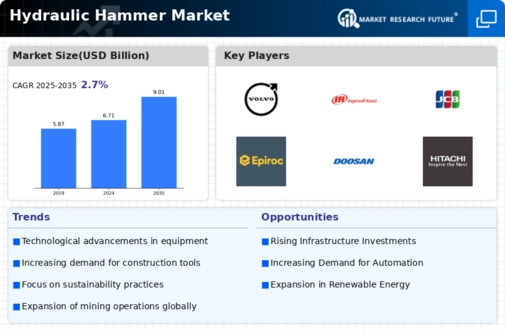
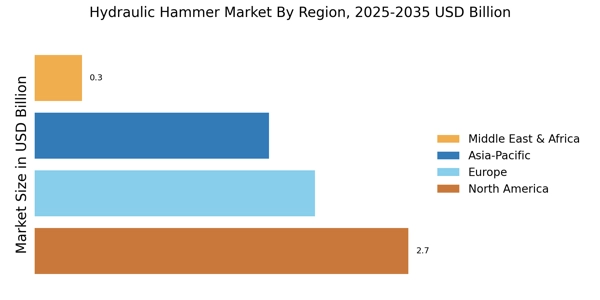
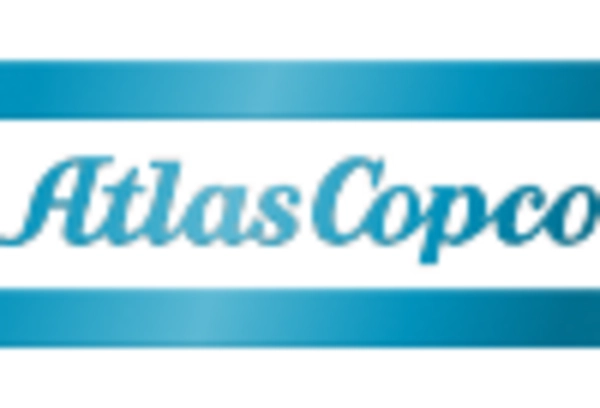
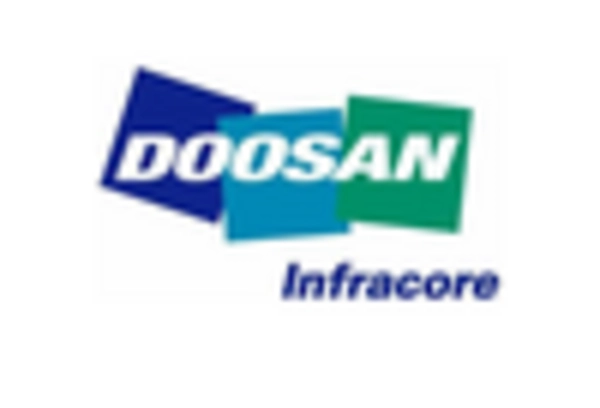

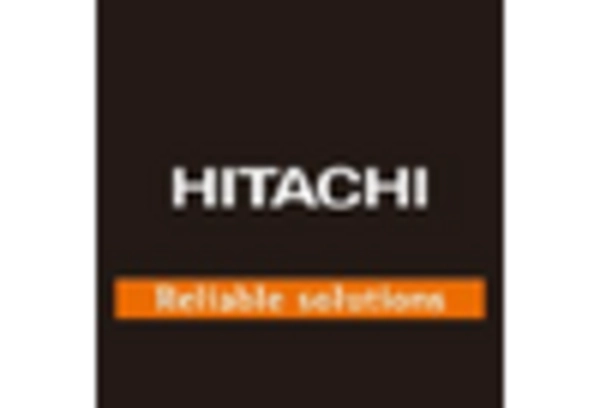
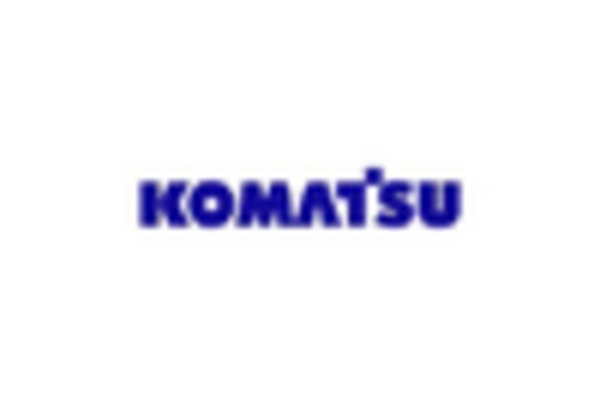
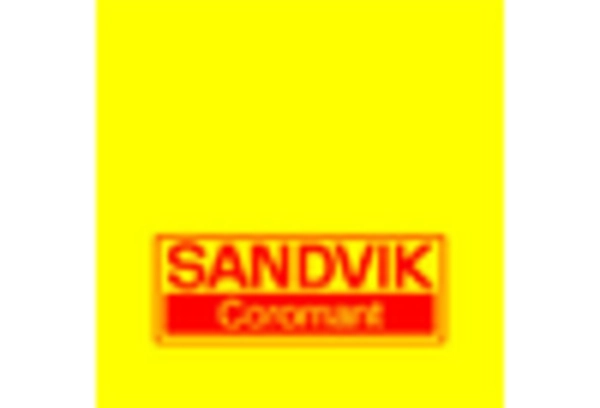








Leave a Comment